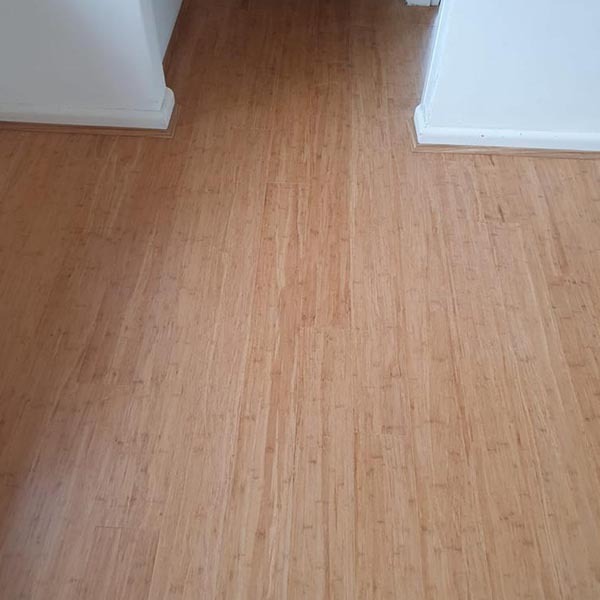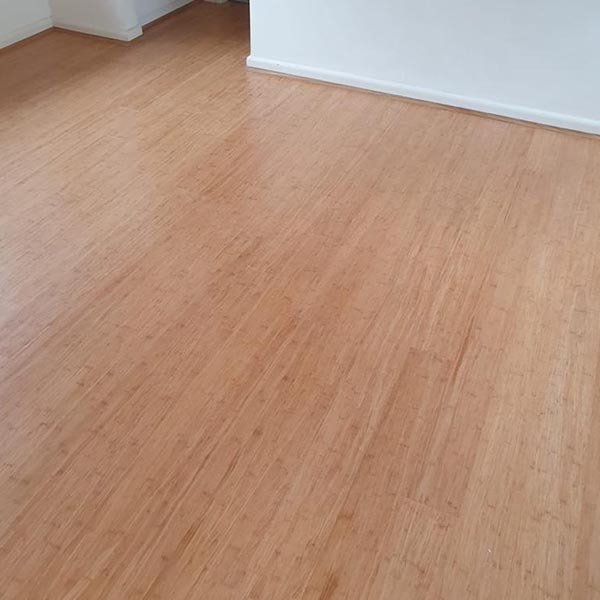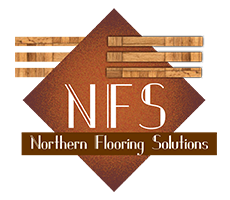Over the past many years, bamboo has become one of the favourite flooring options. And we’re not even surprised that the material is strong, trendy and one of the foremost property floor surfaces available. Plus, it doesn’t hurt/affect that bamboo flooring is cheaper than alternative hardwood floors, that counts another (big) tick in its favour. We can also say this could be the best choice for your home.
Bamboo is one of the fastest growing plants in the world and that’s another reason for bamboo flooring to be cheaper (it can almost grow up to 1metre in a day!)


Bamboo gets harvested in every 5 to 7years, whereas hardwood species may take between 15 to 100 years to mature. And once a bamboo stalk is cut down, the shoot can still grow, which suggests it can be harvested more than once. Once it reaches the tip of following 7-year cycle.
Bamboo is additionally noted for its superior strength and flexibility, that is why the natural resources has quickly become a well-liked difference to timber as a building and flooring material. Whereas there are almost 1000 kinds of bamboo, moso bamboo (Phyllostachys edulis) is the species that’s most typically utilized in the assembly of flooring, article of furniture and building products.
Types of Bamboo Flooring
Horizontal- and vertical-grain solid bamboo
These are made up of thin strips of bamboo that are glues and attached together. This creates a surface that resembles bamboo into its natural state because of its unique and repetitive knuckle pattern.
Strand-woven solid bamboo
Strand-woven floors are made of chopped bamboo fibres that are combined together with an adherent and impede using heat and pressure. These blocks are then cut into solid planks and sanded so a colour can be applied on finishing. You’d be forgiven if you were to mistake strand-woven bamboo floors for ancient timber flooring, as they feature an organic, flowing grain pattern almost like that of wood.
Engineered Bamboo
This consists of different layers of wood (such as plywood or HDF) as they are attached together with heat and pressure, hidden behind a top layer of bamboo veneer and covered with a strong, protective finish. The uniqueness of designed flooring is that it looks like solid bamboo and it is also accurate and stable (resistant to swelling, deformation and bloodletting once exposed to heat or moisture) it is more stable than hardwood floors anyway, and the price tag is very low, too.
Maintenance of bamboo flooring
When it comes to maintenance bamboo flooring is very easy to clean and maintain.
Sweeping and vacuuming on a regular basis, it cleans up any stain and spills as soon as an accident occurs, and also cleans the surface by a mop with a timber floor cleaning solution, if needed.
With regular cleaning there are some different ways by which you can protect and clean your floor so it can last for years. Rugs and mats can also be used in busy area, felt pads under the furniture will also prevent your flooring from scratches and dents, avoid walking around your home while wearing heels or hard-soled shoes that can damage the surface



 0460 001 616
0460 001 616
 info@northernflooringsolutions.com.au
info@northernflooringsolutions.com.au